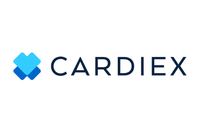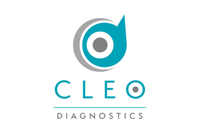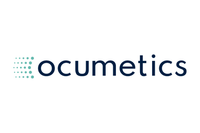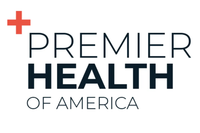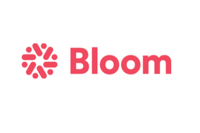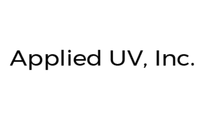The two major headlines in medical device investing were the introduction of Apple’s HealthKit and the growing problem of cybersecurity.
The medical devices industry is undergoing some major shifts as healthcare becomes more personalized and moves online. Customers are gaining more and more control over the shape and direction that their medical care takes, and demanding immediate access to personal data while maintaining high standards of patient-physician privacy.
It’s thus no surprise that two of the major headlines from 2014 are linked to those themes. The first is the introduction of Apple’s (NASDAQ:AAPL) HealthKit, which integrates diverse medical apps into one useable interface. The second is the increasing problem of cybersecurity as healthcare becomes ever more digitized.
Here’s a look at those two stories and how they’ve impacted the medical devices space.
An Apple a day
In keeping with the healthcare industry’s movement towards greater integration of mobile applications, a top headline from 2014 was the launch of Apple’s HealthKit. HealthKit allows applications that provide health and fitness services to share their information over one centralized platform. The information is consolidated into one composite, easy-to-use dashboard within the Health app.
The launch of HealthKit had a little hiccup last September, when its release was delayed due to an unexpected bug. However, since then the app has gained traction for its ability to seamlessly integrate different third-party apps (including WebMD and MyFitnessPal) into one efficient consumer experience.
Other companies, like Samsung (KRX:005930), have released similar platforms; however, Apple is exceptional for the partnerships that it has formed. To offer just one example, Stanford Children’s Health and Duke Medicine have both launched pilot programs that employ HealthKit as a tool for remotely monitoring the health of patients with chronic conditions.
Cybersecurity a top concern
The importance of protecting patient privacy made headlines last year as the medical device industry struggled to respond to the growing threats of cyber hacking and medical identity theft. In April 2014, Reuters reported that the Federal Bureau of Investigation had warned healthcare providers that their cybersecurity systems are vulnerable to hackers. A private notice dated April 8 claimed that “the healthcare industry is not as resilient to cyber intrusions compared to the financial and retail sectors, therefore the possibility of increased cyber intrusions is likely.”
Unfortunately, that warning came to fruition in 2014 when Boston Children’s Hospital was attacked by Anonymous, a hacker collective. At the time, Chief Executive Sandra Fenwick reported the incident to law enforcement, stating that the hospital “received a direct, credible threat against our internal network, including staff and patient information.”
The problem of cybersecurity has a very real cost for consumers. In addition to the $12 billion that medical identity theft costs annually, there are also medical dangers associated with insecure medical data. A survey published in the 2013 Ponemon Institute report reveals that 15 percent of respondents experienced a misdiagnosis, while 14 percent had a delay in treatment; 13 percent actually received mistreatment.
Securities Disclosure: I, Morag McGreevey, hold no direct investment interest in any company mentioned in this article.
Related reading:
What is Medical Device Investing?
Why Should I Invest in Medical Devices?
Best International Regions for Medical Device Companies

